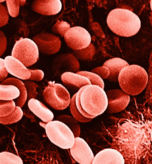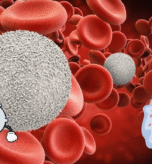Beauty and photography have long been intertwined, with each influencing the other in complex and multifaceted ways. Photography, as an art form, has the power to capture and convey beauty in its many forms, from the stunning landscapes and majestic wildlife to the intricate details of human faces and the elegance of still life compositions. Conversely, the pursuit of beauty drives photographers to innovate, experiment, and push the boundaries of their craft.
Capturing Beauty Through the Lens
Photography’s ability to freeze moments in time allows us to appreciate beauty in its various forms. A photographer’s lens can focus on the intricate patterns of nature, the vibrant colors of street art, or the soft, golden light of a sunset. By capturing these moments, photographers preserve beauty, making it accessible to others and allowing them to experience and appreciate it long after the moment has passed.
The Role of Composition and Lighting
Composition and lighting are crucial elements in photography that contribute to capturing beauty. A well-composed photograph can guide the viewer’s eye through the image, highlighting the beauty within the frame. Lighting, whether natural or artificial, can enhance textures, colors, and emotions, adding depth and dimension to the photograph. Photographers often manipulate light to create mood, atmosphere, and a sense of drama, further emphasizing the beauty of the subject.
Beauty in the Eyes of the Beholder
Beauty is subjective, and photography reflects this subjectivity. Different photographers may capture the same subject in vastly different ways, each revealing their unique perspective and interpretation of beauty. This diversity of vision is what makes photography so rich and expressive, allowing viewers to experience a wide range of beauty standards and aesthetics.
The Impact of Photography on Beauty Standards
Photography has also played a significant role in shaping beauty standards. Fashion photography, for example, often presents idealized images of beauty, influencing societal perceptions of what is considered attractive. However, photography has also been used to challenge traditional beauty standards, showcasing diverse models, body types, and styles that promote inclusivity and body positivity.
The Intersection of Beauty and Emotion
Photography has the power to evoke emotions, and beauty is often at the heart of this emotional connection. A beautiful photograph can inspire feelings of joy, serenity, or wonder, while also challenging viewers to confront their perceptions of beauty. By capturing moments of beauty, photographers tap into the human experience, creating images that resonate with viewers on a deep, emotional level.
The Evolution of Beauty in Photography
As photography technology and techniques continue to evolve, so too does our understanding and appreciation of beauty. From the early days of film to the current era of digital photography and editing, photographers have constantly pushed the boundaries of what is possible. This evolution has expanded our definition of beauty, allowing for new forms of expression and creativity.
Conclusion
The connection between beauty and photography is profound and multifaceted. Photography captures beauty, preserves it, and presents it in new and innovative ways, influencing our perceptions and understanding of beauty. As photographers continue to experiment and push the boundaries of their craft, the relationship between beauty and photography will remain a dynamic and evolving force in the world of art and beyond.



